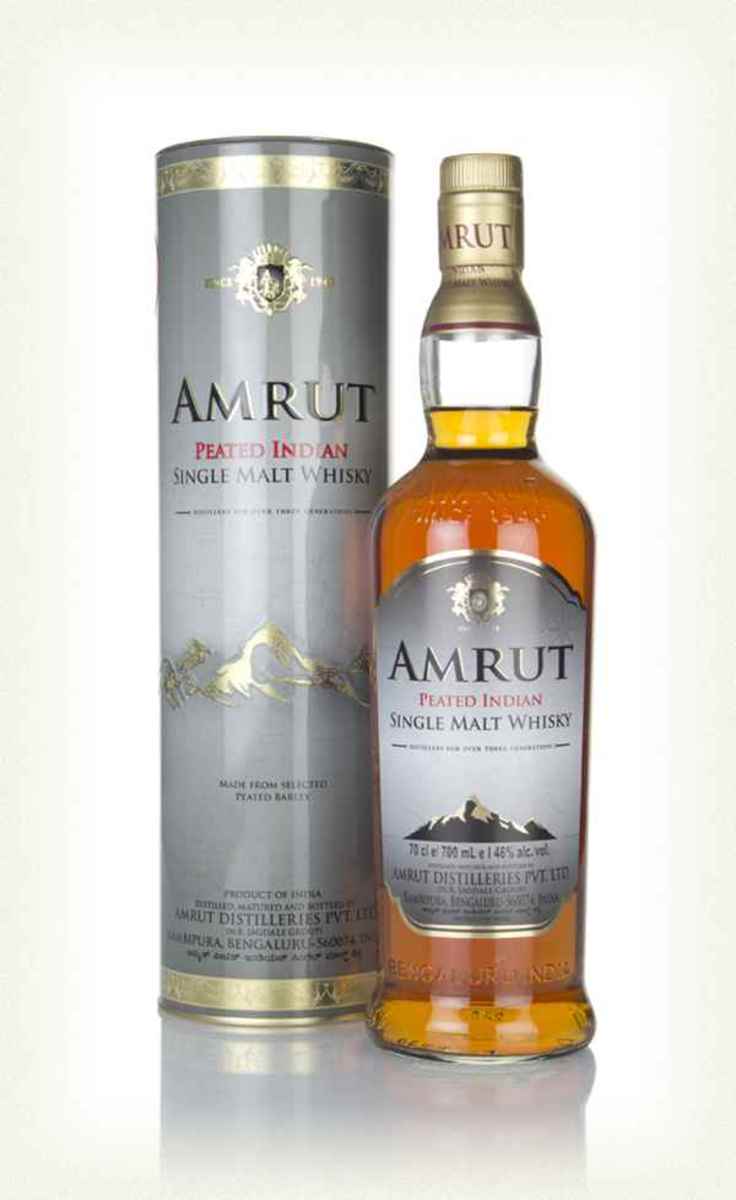The Raj and IMFL
Whiskey was introduced in India during the days of the Raj. The British introduced as well as encouraged its manufacture. This was given the term Indian Made Foreign Liquor( IMFL). This nomenclature distinguished it from the local brands. Distilleries were set up at a number of places in Murree( now in Pakistan), Kasauli, Rampur, and Mysore.

The Amrut Single Malt
India became free in 1947 and many independent entrepreneurs entered the field of manufacture of IMFL. One of the first after independence was Shri JN Radhakrishnan who in 1948 founded Amrut Laboratories.
During the 1950s and 1960s, Amrut launched products for the Indian armed forces. These products were marketed through the military supply chain CSD( Canteen Stores Department). The products of Amrut found ready buyers in the military. Later the company started marketing its products for the open market. They began by marketing spirits like the dark rum Amrut XXX and Silver Cup Brandy. During the 1970s, Amrut began marketing a grape brandy called Bejois, made from Bangalore blue grapes.
From Rum manufacture, the company graduated to manufacture of whiskey. From about the eighties the company began producing malt whiskey. The guidelines for what constitutes a whiskey are decidedly lax in India and there is no stipulation of a three year incubation period like in Scotland. 90% of whiskey consumed in India is made from molasses and blended malt whiskey can contain as little as 4% malt whiskey.
From Rum manufacture, the company graduated to manufacture of whiskey. From about the eighties the company began producing malt whiskey. The guidelines for what constitutes a whiskey are decidedly lax in India and there is no stipulation of a three year incubation period like in Scotland. 90% of whiskey consumed in India is made from molasses and blended malt whiskey can contain as little as 4% malt whiskey.
Amrut wished to market world products to rival Scotch. To meet this requirement whiskey experts from Scotland were brought in for a large fee. As recommended by experts, to perfect the processes the barley is specially grown in the foothills of the Himalayas and the whiskey is matured at 3,000ft at Bangalore. Due to the tropical conditions, the whisky matures extremely quickly. As much as fifteen percent abv is lost every year to the angel’s share.
The Amrut product launched in the 21st century is Single Malt Whiskey. Its the costliest brand from India and generally connaisseurs have opined that the whiskey is good. Its characteristics are as follows.
Tasting Note by The Chaps at Master of Malt
Nose: Sweet cure bacon, smoke, malt, sweet peat, a touch of caramel.
Palate: Soooo fruity! Peat doesn't even get a look-in. Lots of malt, tart.
Finish: Medium, peat emerges as the end, fruit teas.
Overall: An excellent nose.
No comments:
Post a Comment